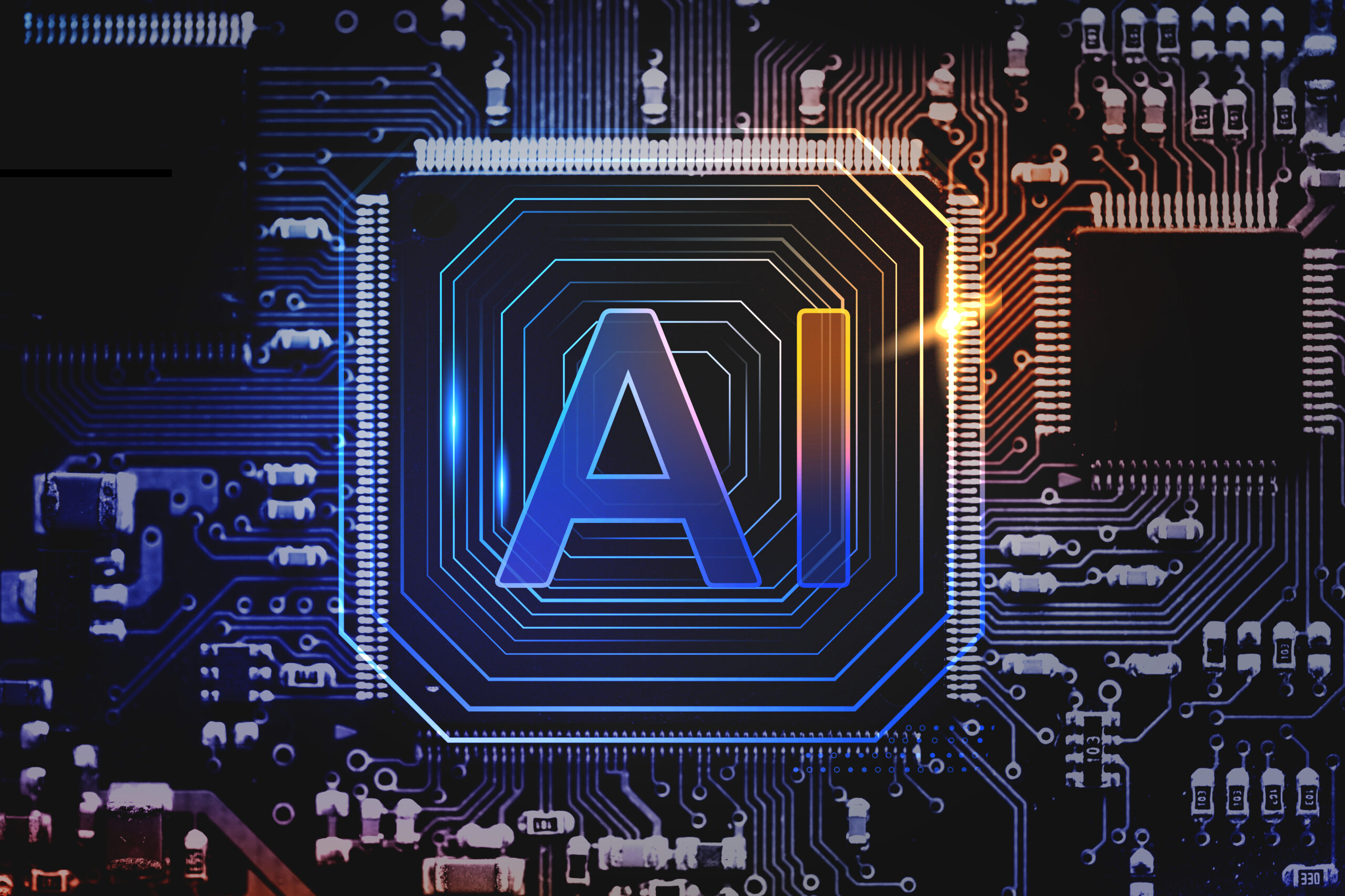In a bold and strategic shift, OpenAI has announced a major overhaul of its corporate structure, reaffirming its original commitment to ethical and socially beneficial artificial intelligence development. Facing intense public scrutiny, regulatory pressures, and internal dissent, the company has opted to remain under the control of its nonprofit parent, even as it restructures its for-profit operations into a Public Benefit Corporation (PBC).
This decision marks a critical turning point in OpenAI’s evolution. It not only addresses growing concerns about the company’s alignment with its founding mission but also strategically positions OpenAI to pursue large-scale commercial investments while preserving a formal obligation to consider social good. By converting its for-profit subsidiary into a PBC, OpenAI is now legally required to weigh the societal impact of its business decisions alongside the interests of shareholders—an increasingly popular corporate model in sectors where ethics and innovation often collide.
From Research Lab to Global Powerhouse: A Complex Corporate Journey
Founded in 2015 with a mission to ensure artificial general intelligence (AGI) benefits all of humanity, OpenAI began as a nonprofit organization. Early backers included tech luminaries like Elon Musk, Sam Altman, and Reid Hoffman, who contributed funding and support with the belief that AI, especially general-purpose AI, should not be monopolized by private interests.
However, the immense costs associated with developing cutting-edge AI technologies quickly outstripped the nonprofit’s financial capacity. In 2019, OpenAI introduced a novel hybrid model: a “capped-profit” subsidiary called OpenAI LP. This structure allowed it to raise significant capital while limiting investor returns to 100x their investment—a compromise between mission and market.
While the arrangement helped secure billions in funding from major partners like Microsoft, who invested over $13 billion into OpenAI, it also led to growing concerns. Critics and insiders questioned whether OpenAI was straying from its original mission, especially as its commercial product—ChatGPT—began generating massive revenues and dominating global headlines.
A Restructuring in Response to Mounting Pressures
In early 2025, those tensions reached a boiling point. Civic leaders, public watchdogs, and regulatory authorities began pressing OpenAI for clarity and accountability regarding its dual-purpose structure. The pressure intensified after Elon Musk—once a co-founder, now a vocal critic and competitor—filed a lawsuit against the organization, accusing it of abandoning its original nonprofit mission in pursuit of profit.
In light of this and after extensive dialogue with key stakeholders, including the Attorneys General of Delaware and California, OpenAI has now opted to retain its nonprofit oversight while transforming its for-profit arm into a Public Benefit Corporation. The move effectively preserves the nonprofit’s majority control and aligns the company more closely with its stated mission: to ensure that AGI benefits all of humanity.
“We made the decision for the nonprofit to retain control of OpenAI after hearing from civic leaders and engaging in constructive dialogue with the offices of the Attorney General of Delaware and the Attorney General of California,” the company said in its official statement.
What Is a Public Benefit Corporation?
Unlike traditional for-profit corporations, a Public Benefit Corporation is legally obligated to pursue a specific public benefit in addition to profit. In OpenAI’s case, the stated focus areas include healthcare, education, and scientific research—domains where AI could have transformative and far-reaching impacts.
This new structure allows OpenAI to maintain access to private capital while ensuring that its actions are guided by a broader moral and social compass. The company emphasized that it will continue to engage with regulators and stakeholders—including its key strategic partner, Microsoft—to refine its restructuring framework over time.
To support this governance transition, OpenAI recently appointed a new advisory body made up of seasoned civic and nonprofit leaders. The advisory commission includes iconic labor leader Dolores Huerta, media executive Monica Lozano, civil rights advocate Robert Ross, and former Republican fundraiser Jack Oliver. These individuals will help steer the nonprofit’s mission and act as guardians of the company’s ethical commitments.
Legal Fireworks: Musk vs. OpenAI
A major subplot to this restructuring is the ongoing legal battle between OpenAI and Elon Musk. In March 2024, Musk filed a lawsuit against the company, claiming that the organization had betrayed its founding principles and had become effectively indistinguishable from a profit-driven tech giant.
In April 2025, OpenAI responded with a countersuit, accusing Musk of harassment, “bad-faith tactics,” and deliberate attempts to sabotage the company’s operations. The countersuit seeks to stop Musk’s interference and hold him liable for reputational and operational damages. This legal standoff underscores the broader philosophical debate over the future of artificial intelligence: should it be governed by open, collaborative models or concentrated in the hands of a few powerful players?
Investment Stakes and Strategic Considerations
OpenAI’s restructuring also comes against the backdrop of high-stakes financial negotiations. In March 2025, the company completed a historic $40 billion funding round, the largest private raise ever by a tech company. The round was led by Japan’s SoftBank Group, which contributed nearly 75% of the total investment.
Under the terms of the deal, SoftBank agreed to provide $10 billion in mid-April and an additional $22.5 billion by December. However, the full $40 billion is contingent upon OpenAI converting its for-profit division into a traditional profit-seeking entity by the end of 2025. If that condition is not met, SoftBank has warned it may reduce its investment to just $20 billion.
The conversion to a PBC appears to be a calculated compromise. It allows OpenAI to satisfy investors’ desire for a structured corporate framework while maintaining enough nonprofit oversight to honor its public commitments and potentially meet legal obligations tied to its original charter.
Skyrocketing Growth and Future Outlook
Financially, OpenAI is on a meteoric trajectory. According to internal projections, the company expects its annual revenue to more than triple in 2025—rising from $3.7 billion in 2024 to $12.7 billion. The growth is being fueled by enterprise adoption of ChatGPT and its related APIs, especially within industries like finance, law, education, and software development.
As of February 2025, OpenAI announced that it had surpassed 2 million paying business customers. Just two months later, ChatGPT reached a stunning milestone of 500 million weekly active users, making it one of the most widely used digital platforms on the planet.
Looking further ahead, OpenAI projects that revenue will more than double again in 2026, reaching $29.4 billion. By 2029, the company estimates it will exceed $125 billion in annual revenue—rivaling major tech giants like Google and Amazon in terms of market reach and monetization potential.
The High-Stakes Balance Between Ethics and Innovation
OpenAI’s decision to retain nonprofit control while converting its subsidiary into a Public Benefit Corporation is a fascinating case study in modern corporate governance. The move seeks to thread an extremely narrow needle: enabling the massive capital inflows needed for world-changing AI development while preserving a commitment to public welfare and ethical standards.
The company’s leadership is clearly aware of the scrutiny it faces and appears determined to chart a middle path that satisfies both mission-driven advocates and profit-seeking investors. Whether that balance holds over the long term will depend on how effectively the new structure is implemented and whether OpenAI can withstand future challenges—be they legal, ethical, or financial.
As artificial intelligence continues to redefine industries and societies, OpenAI’s corporate evolution will likely serve as a blueprint—or cautionary tale—for other companies navigating the complex intersection of technology, capital, and public responsibility.
Conclusion
OpenAI’s restructuring is more than a legal or corporate adjustment—it’s a philosophical reaffirmation of its founding ideals. In a time when AI is transforming everything from business operations to daily life, maintaining ethical boundaries and public oversight is not just advisable but essential. By choosing the Public Benefit Corporation model and reinforcing its nonprofit foundation, OpenAI is making a statement: that innovation can—and should—serve a greater good.
Whether the company can truly deliver on this promise while satisfying its investors remains to be seen. But for now, OpenAI appears committed to walking the tightrope between profit and principle, in what could be one of the most consequential corporate experiments of the decade.



